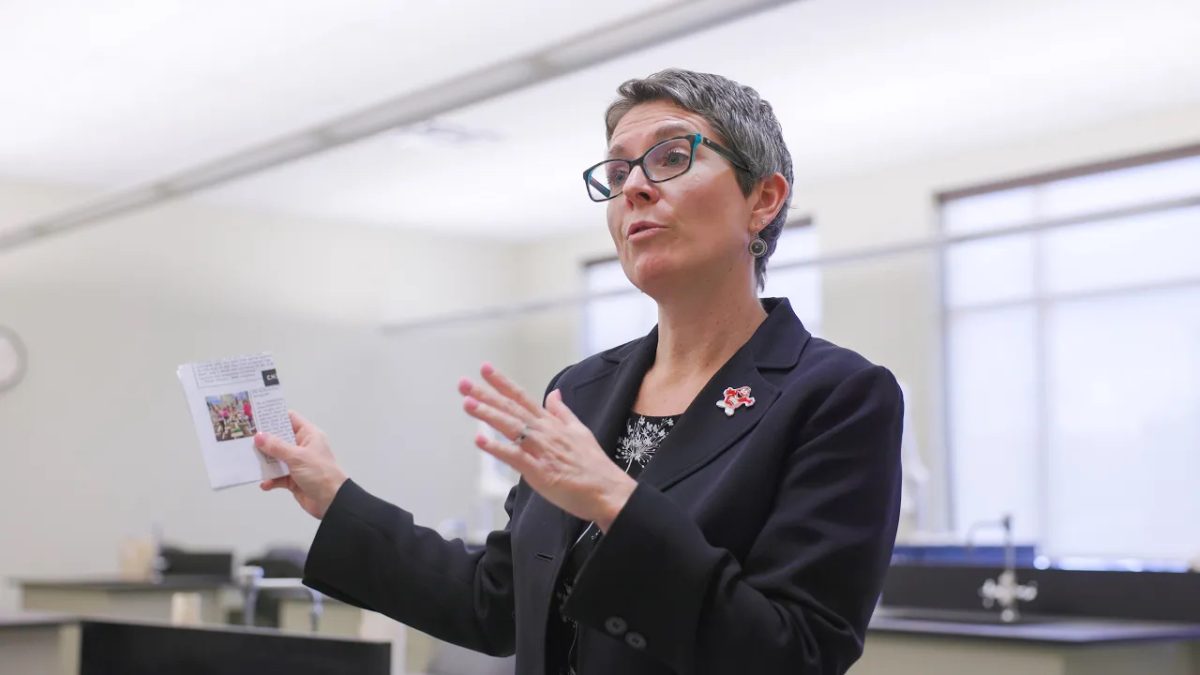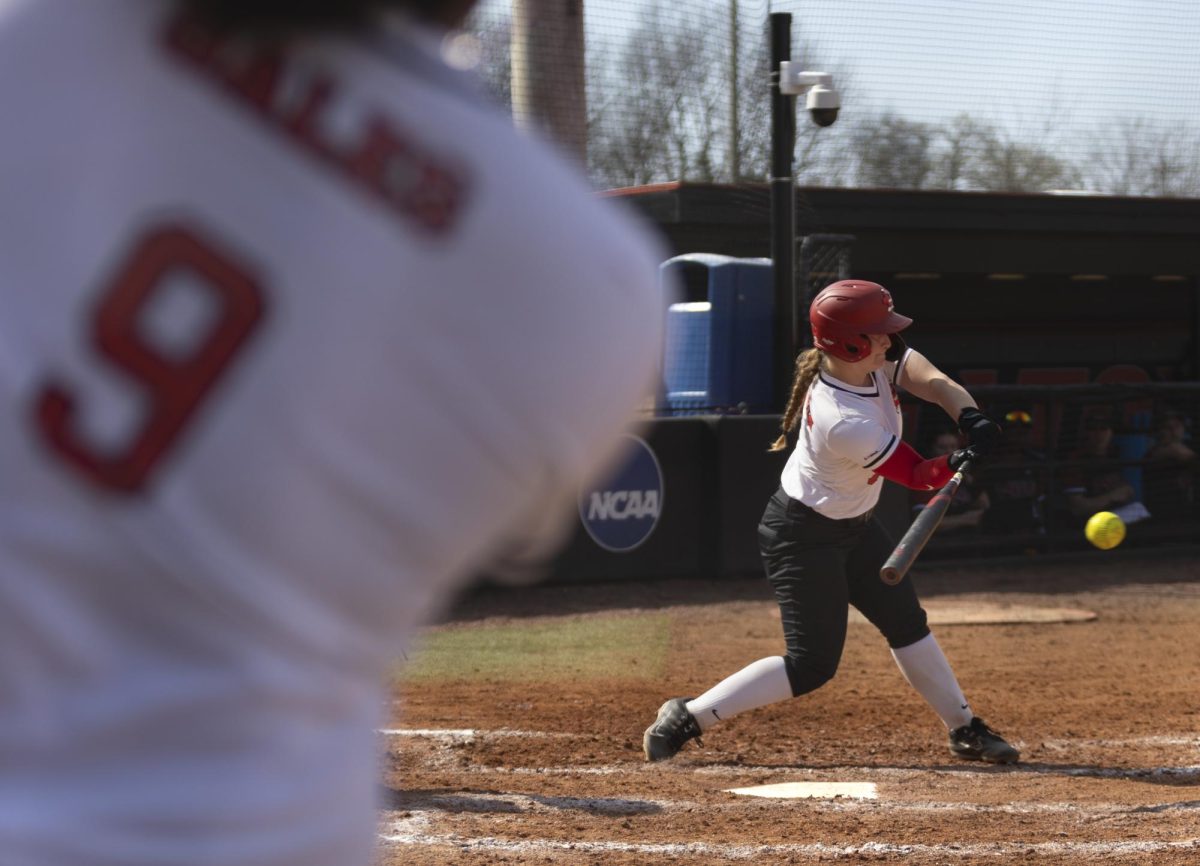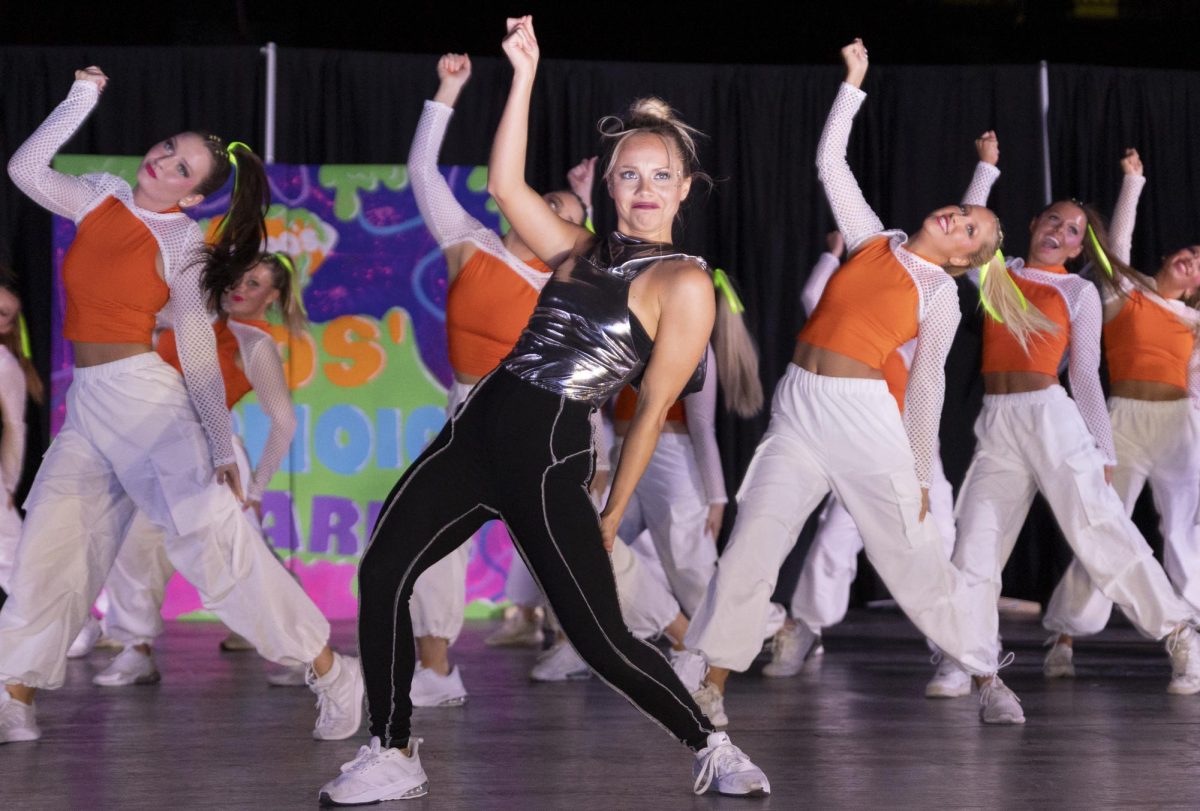Professor pens book on Hurricane Katrina, oil spill media coverage
September 16, 2014
In 2005, Hurricane Katrina sent parts of the Gulf of Mexico, especially in Louisiana, into a tailspin. Broken levees in New Orleans and gale force winds destroyed cities, leaving them damaged even nine years later.
Just a few short years after Katrina, oil giant BP would become responsible for another disaster to hit the Gulf: the Deepwater Horizon oil spill.
Now, with time to reflect on the media storm that took over damaged areas after the hurricane and oil spill, journalists are analyzing how the natural disaster was handled.
Victoria LaPoe, an assistant professor in the broadcasting department, is joining her colleagues and is putting more than 10 years of broadcasting experience to work in the process.
In April, LaPoe co-wrote “Oil and Water: Media Lessons from Hurricane Katrina and the Deepwater Horizon Disaster” alongside Andrea Miller, a professor in Louisiana State University’s mass communication department, and Shearon Roberts, a journalist who covered Katrina.
Miller and Roberts focused on Katrina, while LaPoe was concerned about the effect media had on coverage of the Deepwater Horizon oil spill that resulted.
With a Ph.D. in mass media and public affairs, and extensive exposure to journalism and media, LaPoe knew that the oil spill would be a hot topic for a while.
“I was in New Orleans doing research on the future of media when the disaster happened,” LaPoe said. “As a former news producer, when a story hits, you know it.”
Her husband, and fellow WKU professor, Ben LaPoe, aided the three during the writing process and later was hired as an editor, working closely with the text and creating visuals for the book.
“I provided a fresh set of eyes whenever they needed feedback,” he said.
Sourcing of information about the disaster was a concern for Victoria LaPoe. In media coverage and research during the crisis, the population studied at the time was not representative of the community, in race and gender especially. Female researchers were largely absent from media coverage as well, despite being on the front reporting lines.
This concern about content sourcing feeds into the media diversity class LaPoe teaches. She said that she focuses on sourcing, identifying good sourcing practices and how certain populations and events are portrayed in media.
Both traditional and modern media played a part in how information trickled down to the affected communities, Victoria LaPoe said.
“Traditional forms of media, including newspapers, are still trusted and deemed credible in most communities. Some even prefer these news outlets,” she said.
However, social media was crucial to keep people informed during the early stages of these disasters.
Writing this book led to an important conclusion for LaPoe.
“Traditional media and modern media complement each other. They can at times be at odds, but journalism is about the fundamentals. Both forms of media are essential now to providing information that people need,” she said.
Victoria LaPoe will be signing copies of her book at Barnes & Noble on Sept. 25 at 6 p.m.



















![Megan Inman of Tennessee cries after embracing Drag performer and transgender advocate Jasmine St. James at the 9th Annual WKU Housing and Residence Life Drag Show at Knicely Conference Center on April 4, 2024. “[The community] was so warm and welcoming when I came out, if it wasn’t for the queens I wouldn’t be here,” Inman said.](https://wkuherald.com/wp-content/uploads/2024/04/smith_von_drag_3-600x419.jpg)


